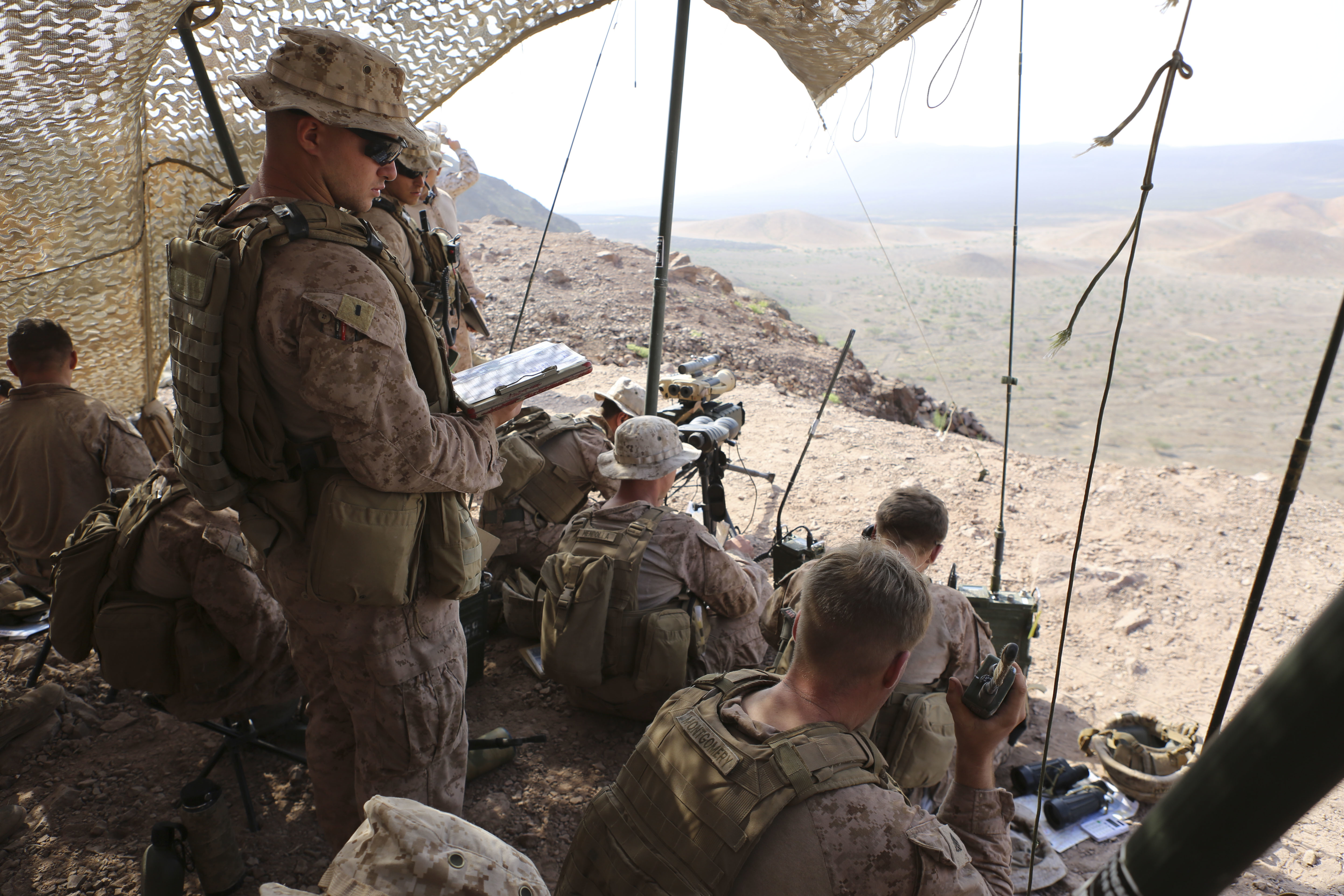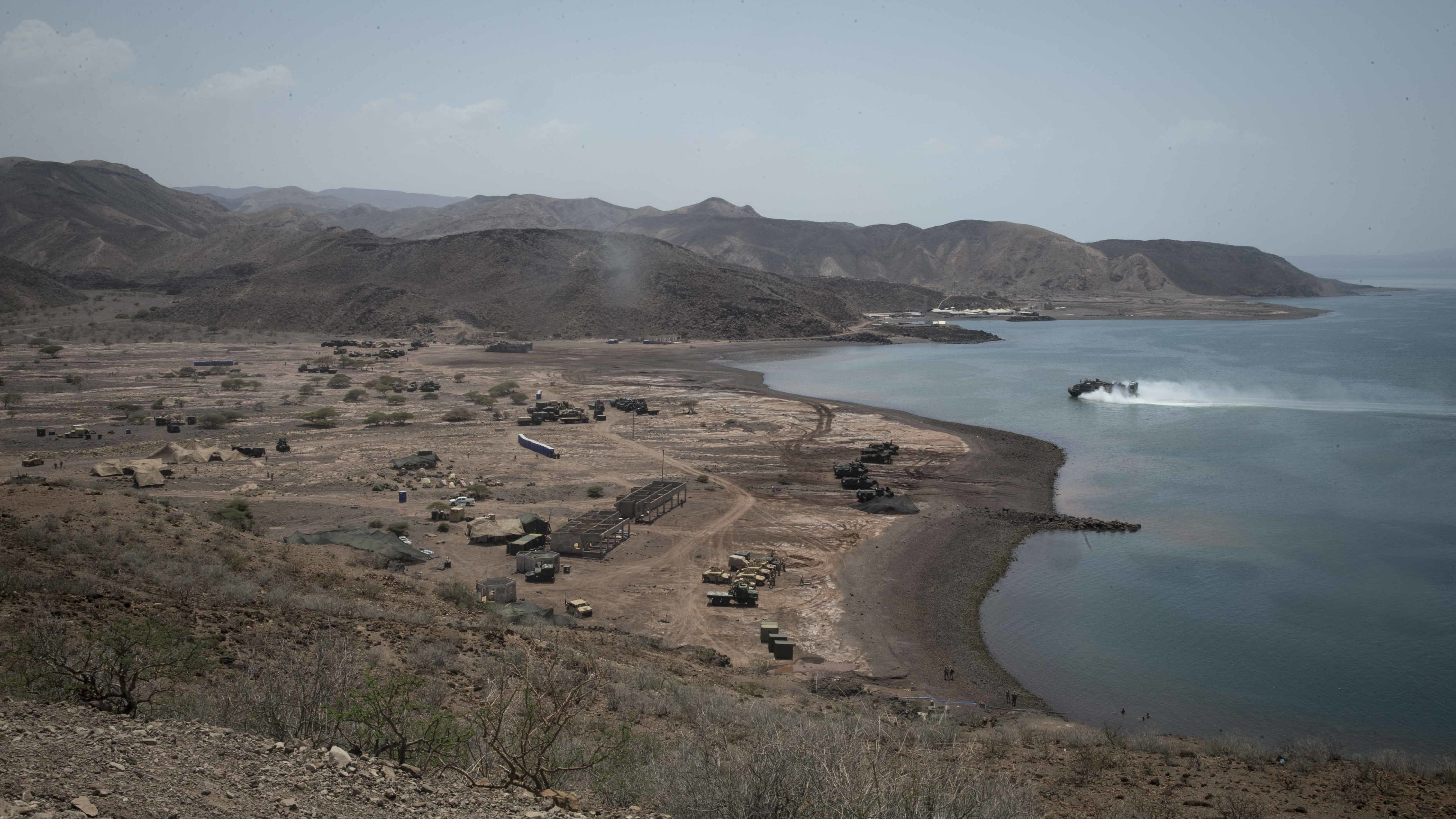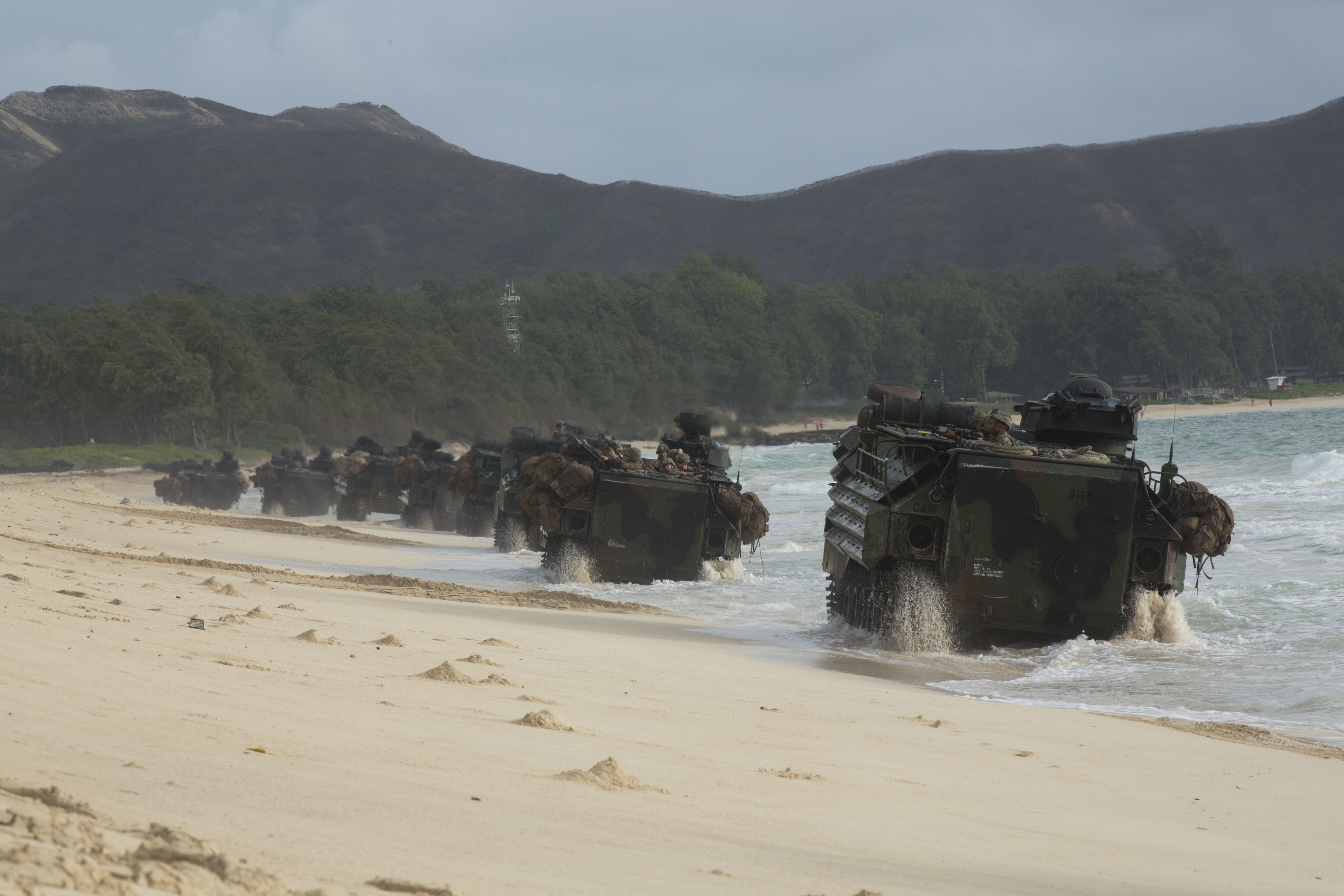
THE PENTAGON – The Marine Corps is looking at future fights as being inherently naval and joint and is seeking ways to more closely integrate with its sister services.
Lt. Gen. Brian Beaudreault, deputy commandant for plans, policies and operations, thinks the Marines are doing a good job exercising and experimenting with the Navy, but he sees opportunity to strengthen naval and joint ties at the staff organization level.
“We have to keep the Bold Alligators going, we have to keep the Dawn Blitz exercises going, and I have no reason to believe we’re not. I think the Naval Services Games that we’ve run have been a great contribution to Navy/Marine Corps integration as we look to the future. And then I think the Navy’s Global Games that they’ve been executing in places like the Naval War College with Marines invited to either participate or attend has been good,” Beaudreault told USNI News in an interview.
“So maybe the area, again, to look at would be more staff integration.”
Beaudreault praised the integrated headquarters in the Middle East – fully named Naval Amphibious Force, TF 51-5th Marine Expeditionary Brigade, or TF 51/5 for short – as an example he might want to explore in other areas of the world. TF 51/5 was created through a memorandum of understanding in May 2016 that was signed by U.S. Marine Forces Central Command and U.S. Naval Forces Central Command, and the agreement merged the staffs of CTF-51 Naval Amphibious Force and 5th Marine Expeditionary Brigade into a single integrated headquarters office.
“I’d like to see maybe more of the 51/5 model explored in other locations. We get the economy of efficiency by looking at, would that be a model that would work in the Pacific, for instance? If we’re going to increase our presence over time in the Western Pacific, might the 51/5 model be something we look at? I think it’s worth studying,” the general said.

Beaudreault said no formal effort has begun yet to look at spreading the TF 51/5 model yet, but he said the idea has potential. As the Navy and Marine Corps have had to split up the Amphibious Ready Group/Marine Expeditionary Units (ARG/MEUs) that deploy to the Middle East – which recently have been operating in a disaggregated manner across both U.S. 5th and 6th Fleets – it has been TF 51/5 that has helped manage the risk in sharing those assets across two combatant commands. The organization has also helped find opportunities for the ground-based Special Purpose Marine Air-Ground Task Force-Crisis Response (SP-MAGTF-CR) in U.S. Central Command to leverage the expeditionary sea base USS Lewis B. Puller (ESB-3), as well as coordinating other naval engagements between Navy and Marine Corps units in theater.
To boost naval integration in the Pacific, “we shouldn’t overlook really the day-to-day hard work that’s being done and producing good results, but it can always get better. So is it a matter of looking at a MEB-level integrated command and control apparatus in the Pacific (like TF 51/5), or is it something bigger than that? Is there something that we need to deepen the staff capacity of Marines on the [U.S. Pacific Fleet] staff or on the 3rd Fleet staff? Those are the things we should take a deeper study on, there might be another way of integrating.”
Beaudreault said he’s pleased with the relationship between U.S. Fleet Forces Command and U.S. Marine Corps Forces Command; Marine Forces Pacific and PACFLT; and I Marine Expeditionary Force and U.S. 3rd Fleet; and he said he expects the same relationship to blossom between II MEF and the new U.S. 2nd Fleet. He also praised the Expeditionary Warfare Training Groups in the Pacific and Atlantic as good schoolhouse-level integration, but he said that, especially in light of the emphasis placed on naval and joint warfare in the new National Defense Strategy, it would be worthwhile to look at ways to further improve integration.

On the joint side, Beaudreault said the Marines’ Expeditionary Advance Base Operations (EABO), the Navy’s Distributed Maritime Operations and the Air Force’s Dynamic Basing concepts all support each other nicely.
“Anything we do in the Pacific in the future, it’s going to be joint. … We’re not going to fight by ourselves. We’re going to be at least an enabling element for the Navy to help in a sea control fight. I think the Army’s got a role to play – the Pacific is huge, and how we integrate, what is the Army’s role and what is the Marine Corps’ role, where does the Air Force intend to be and what is the Navy’s plan – these are all things we’re talking about through the Navy-Marine Corps Warfighter Talks or the Naval Board proceedings, and then the Army-Marine Corps Warfighter Talks as well as the Air Force-Marine Corps War Fighter Talks, as well as our SOCOM-Marine Corps talks. These are the exact issues we try to take up and have a complementary capability through our concepts,” Beaudreault said.
Those talks also inform decisions about what the Marine Corps wants to buy, he said. If the services’ concepts are all aligned – which Beaudreault believes they are – then the Marine Corps focusing investments on capabilities like medium-range air defense or long-range precision munitions in support of its EABO concept will inherently be useful to the joint force in a joint fight.
Similarly, Beaudreault said, when the services are aligned, they can collectively talk about issues like logistics and lift, which will be vital to support a fight when all the services plan on being widely dispersed throughout the Pacific.





